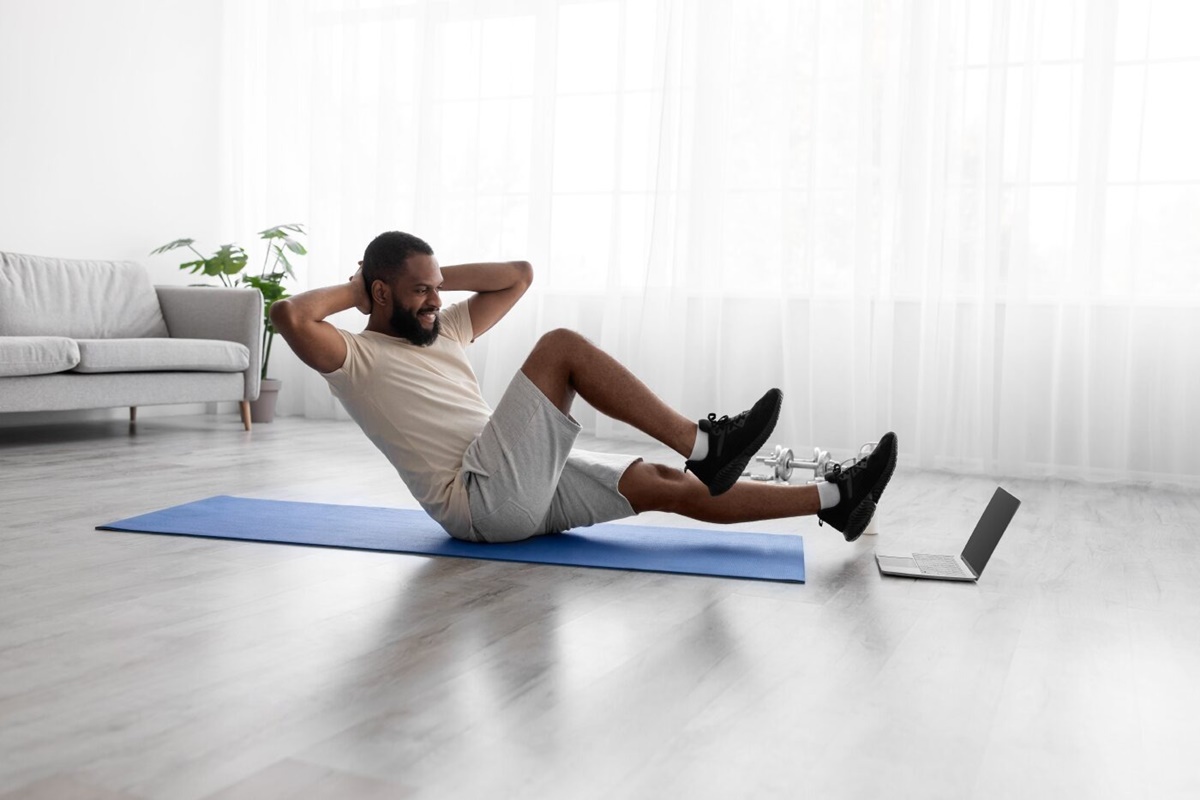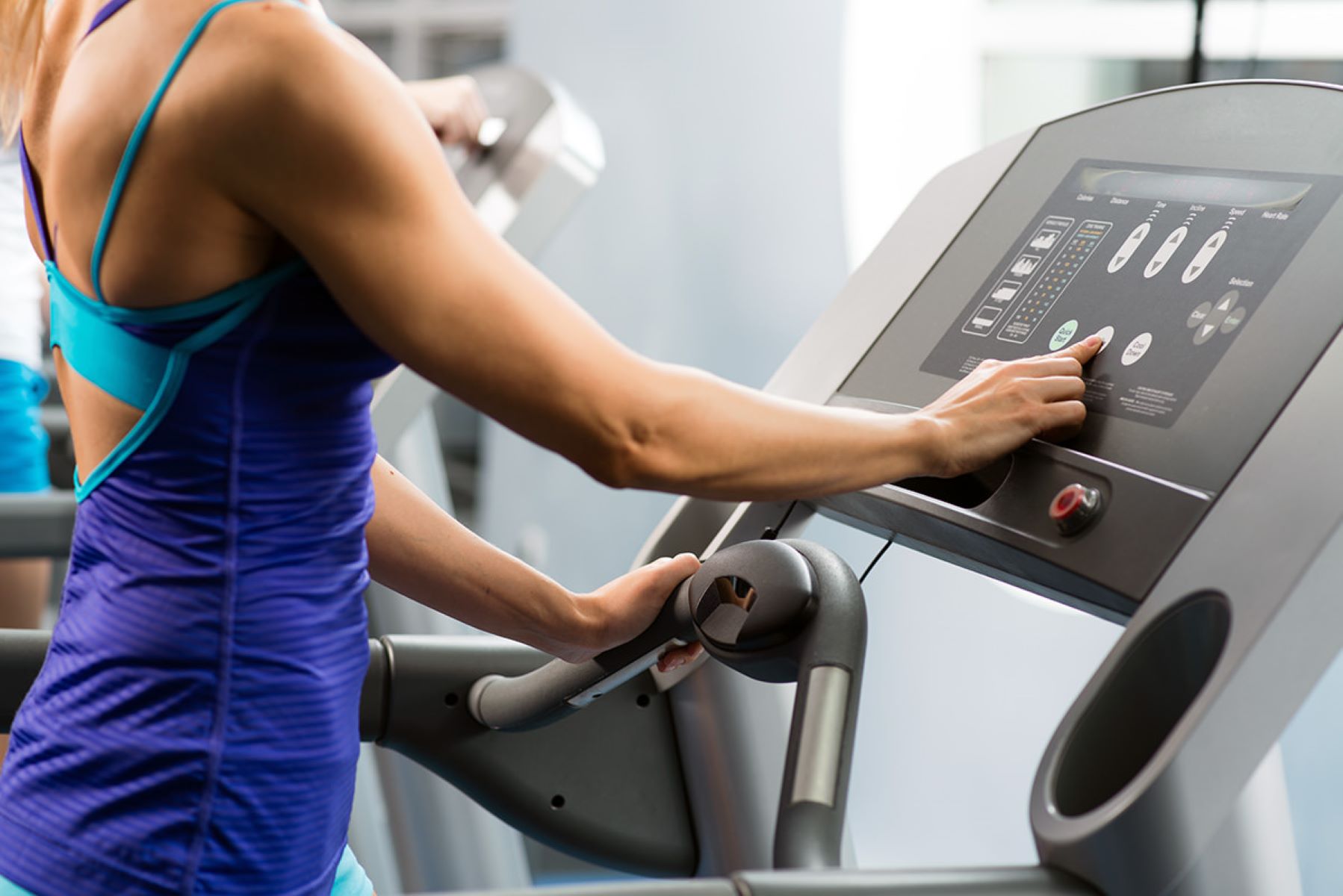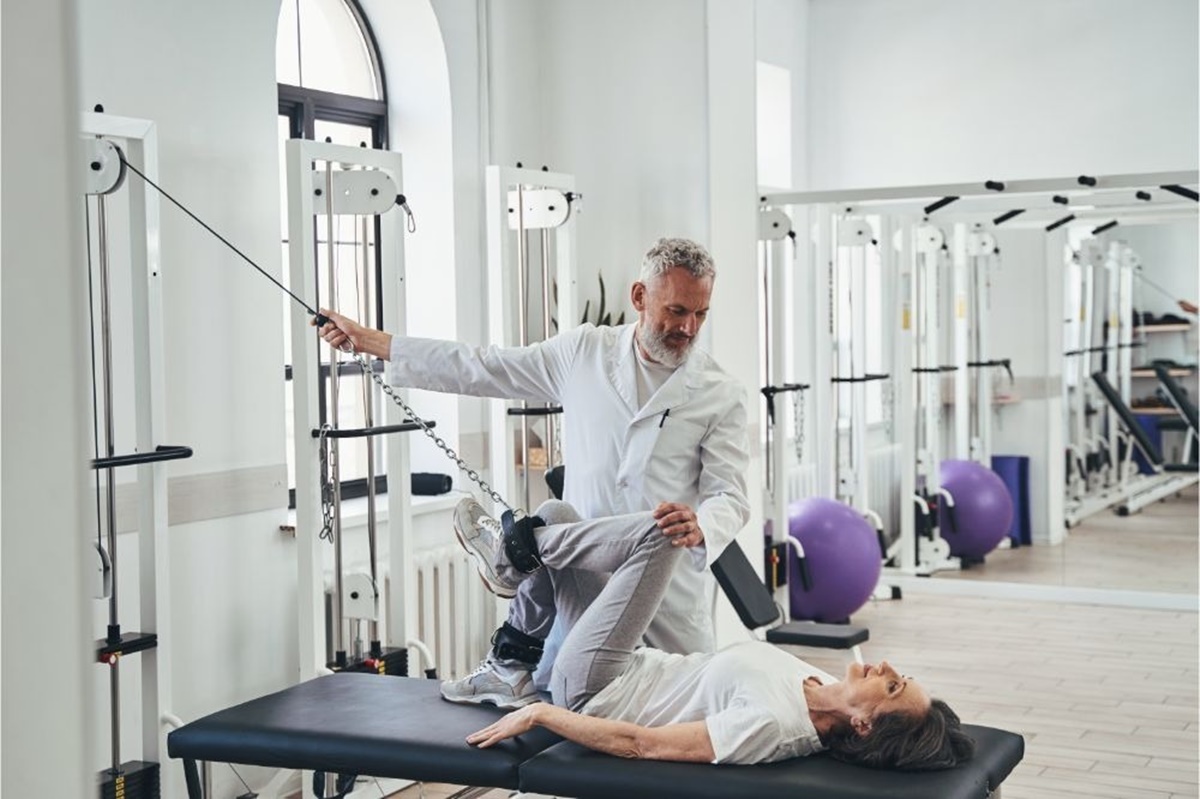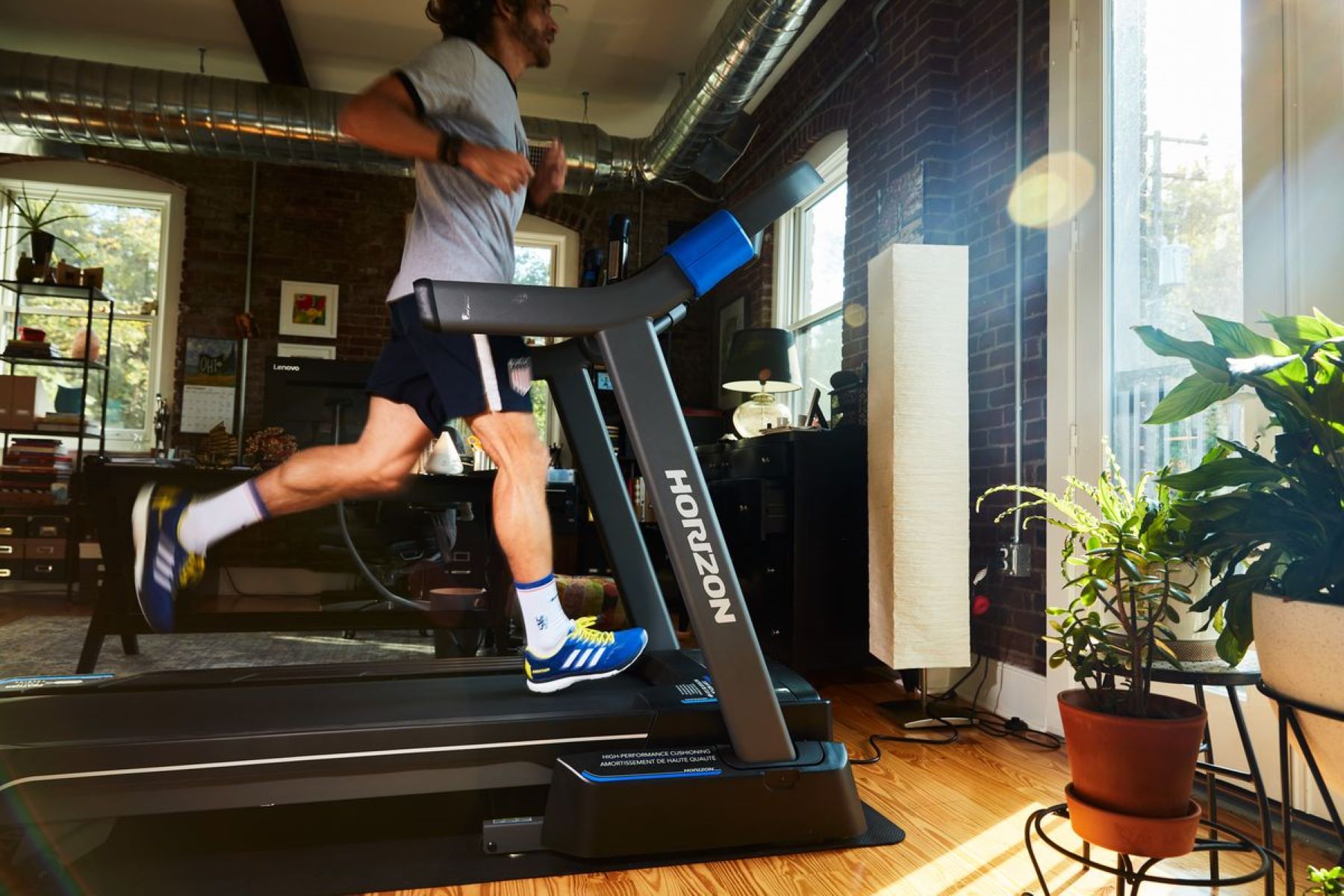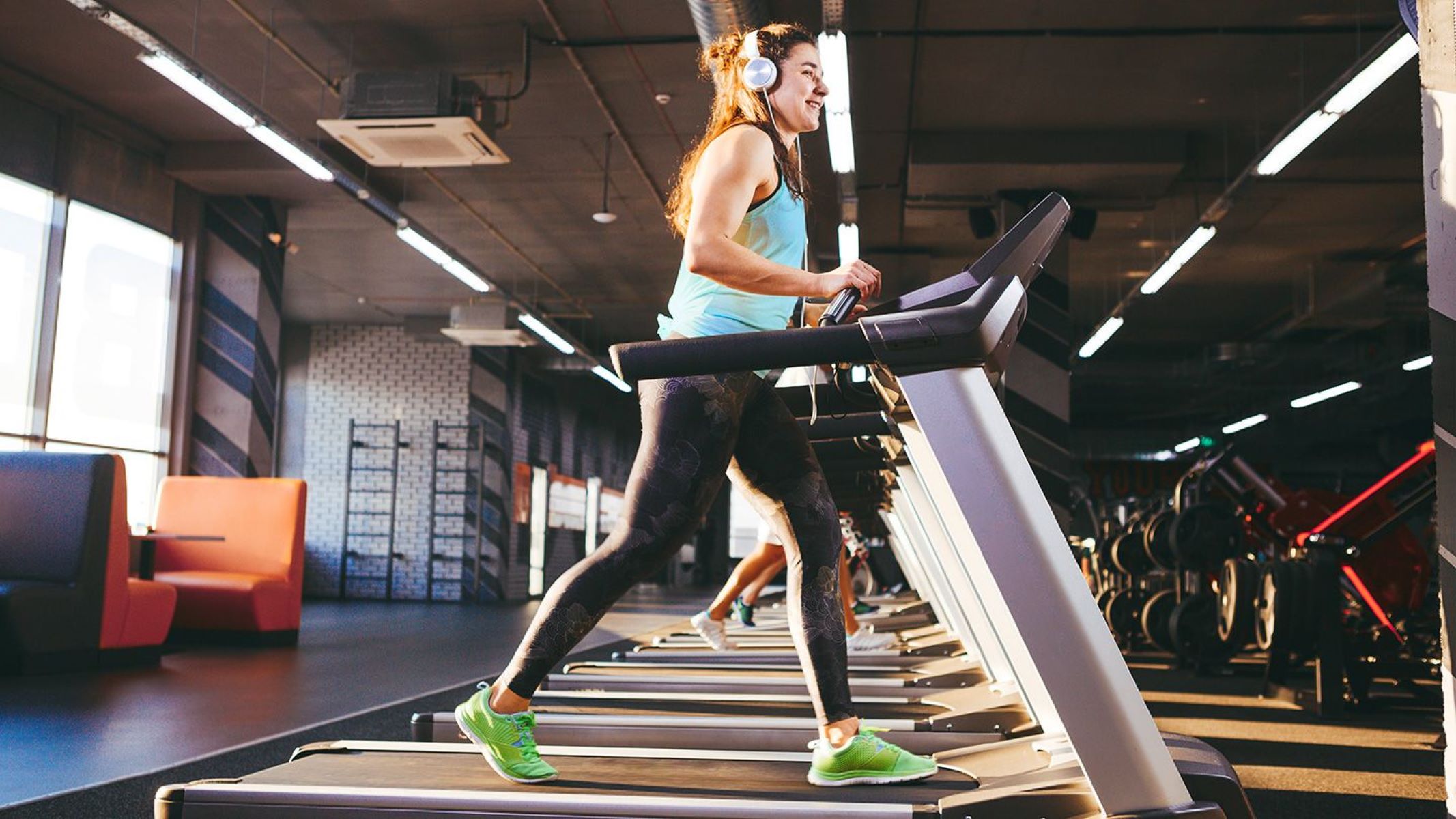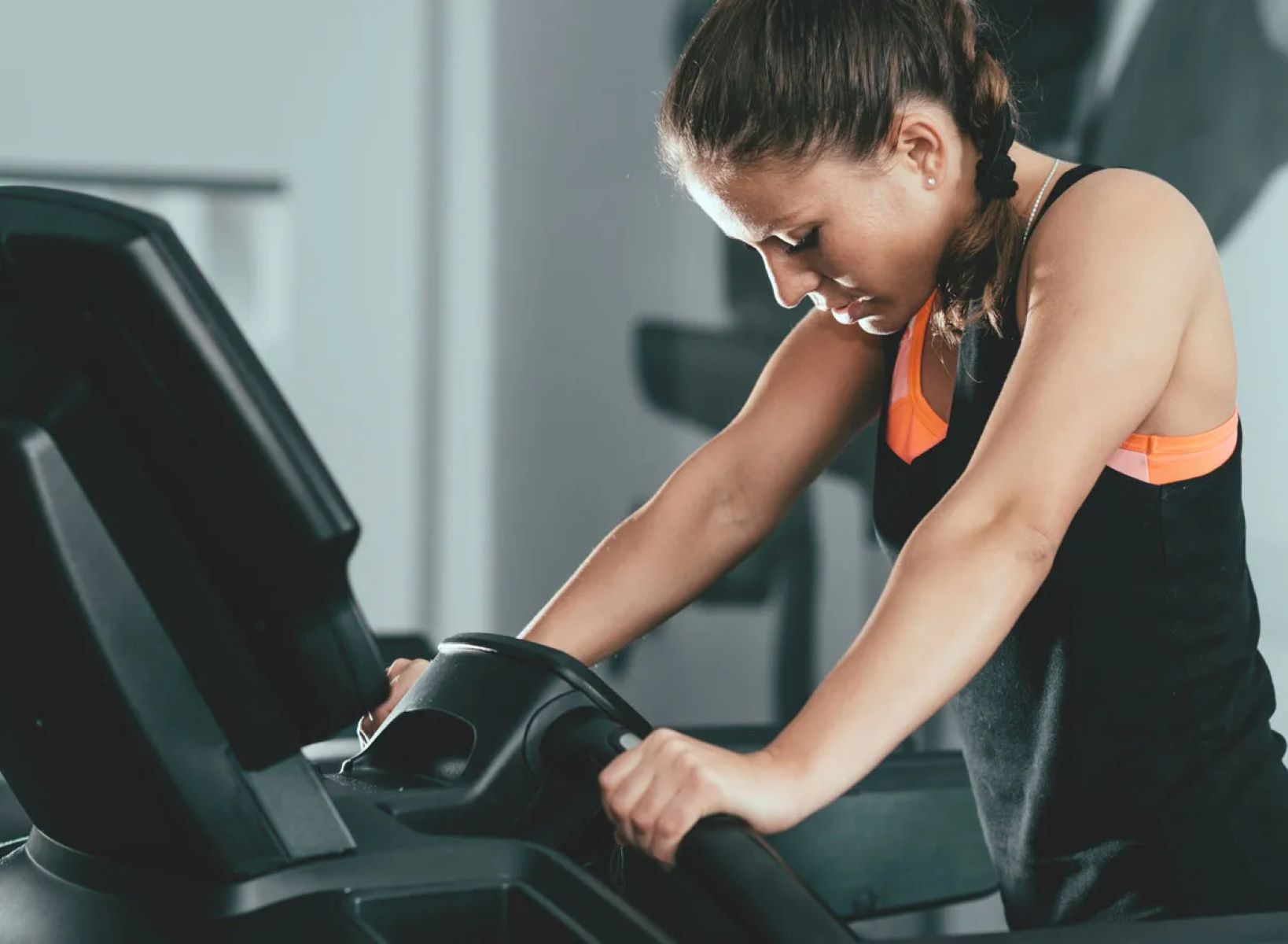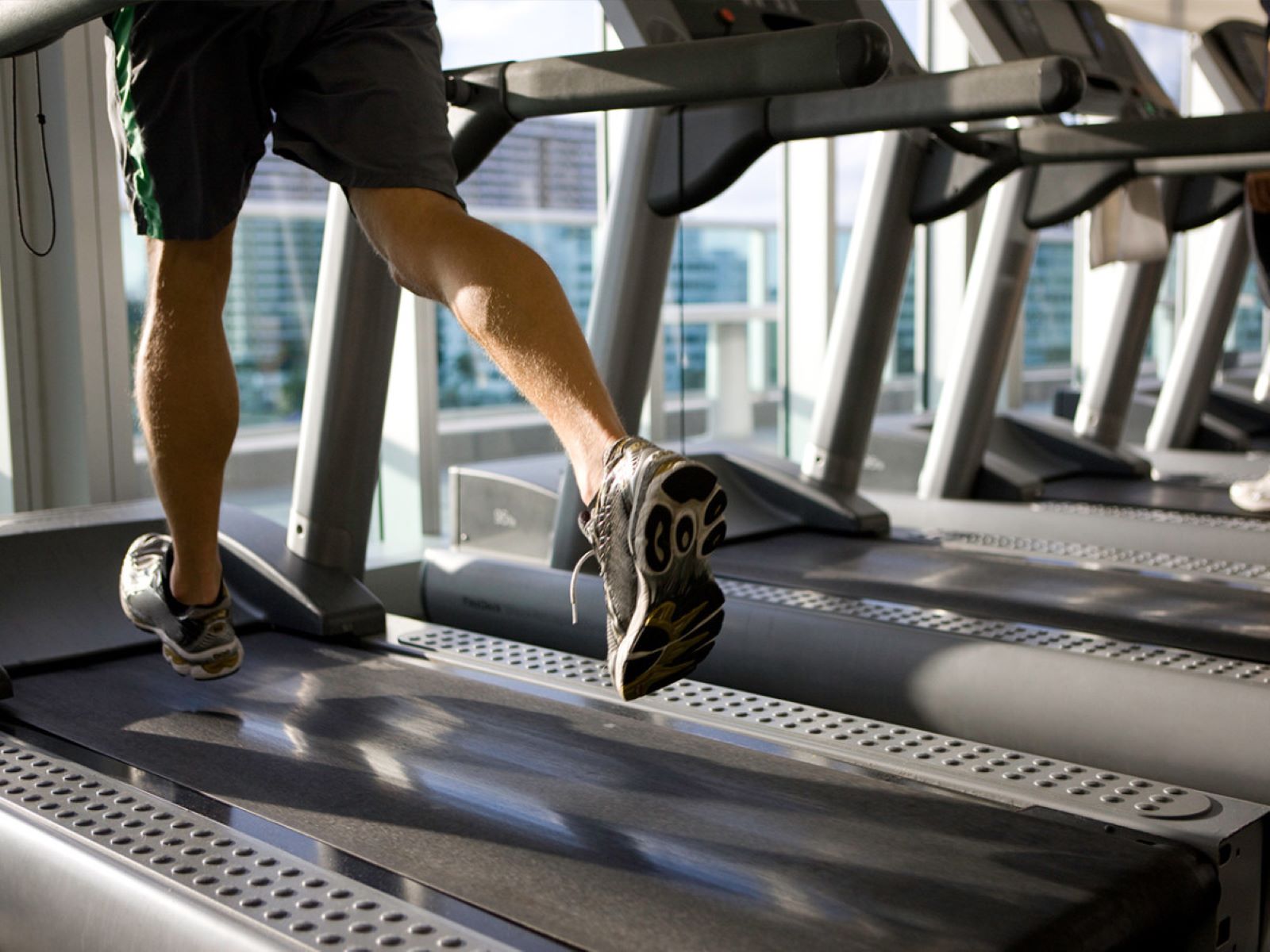

Featured
How To Treat A Treadmill Burn
Modified: August 19, 2023
Learn how to effectively treat a treadmill burn with our featured guide. Safely heal your skin and prevent infection with our expert tips.
Introduction
Welcome to our guide on how to treat a treadmill burn. With the increasing popularity of fitness equipment in home gyms and commercial fitness centers, it’s important to know how to properly care for and treat any injuries that may occur during your workout. Treadmill burns, although relatively common, can vary in severity, requiring different treatment approaches.
A treadmill burn is a type of friction burn that occurs when the skin rubs against the moving parts of the treadmill, such as the belt or handrails. These burns can range from mild irritation to more severe injuries, depending on the duration and intensity of the friction.
In this article, we will provide you with an overview of what treadmill burns are and how to differentiate between minor burns that can be treated at home and more severe burns that require medical attention. We will also share some preventative measures to help you avoid treadmill burns in the first place.
Please note that while the information provided here can be helpful, it is not a substitute for professional medical advice. If you have serious concerns about a burn or any other injury, we recommend consulting a medical professional.
Now, let’s delve into the details of how to treat different types of treadmill burns to ensure a safe and comfortable workout experience.
Understanding Treadmill Burns
Treadmill burns are friction burns that occur when the skin comes into contact with the moving parts of a treadmill. When the skin rubs against the belt, the resulting friction can cause irritation, redness, and even open wounds. The severity of a treadmill burn depends on several factors, including the speed and duration of contact with the moving parts.
There are different types of treadmill burns, ranging from mild to severe. The most common type is superficial burns, also known as first-degree burns. These burns affect the outer layer of the skin, causing redness, pain, and mild swelling. Superficial burns usually heal within a few days with proper care and do not require medical intervention.
Deeper burns, known as second-degree burns, penetrate beyond the outer layer of the skin and can cause blisters, severe pain, and swelling. These burns may take longer to heal and may require medical attention. In extreme cases, third-degree burns can occur, which are the most severe and require immediate medical attention. Third-degree burns result in extensive damage to the skin and underlying tissues, often requiring surgery and specialized wound care.
It’s important to note that treadmill burns can happen to anyone, regardless of age or fitness level. However, certain factors can increase the risk of sustaining a burn, including improper use of the treadmill, wearing inappropriate footwear, or not using the safety features provided by the treadmill.
To effectively treat a treadmill burn, it’s important to understand the severity of the injury. Minor burns can typically be managed at home, while more severe burns may require medical intervention. In the next sections, we will delve into the treatments for different types of treadmill burns and provide guidance on when it’s necessary to seek medical attention.
Treating Minor Treadmill Burns
When it comes to treating minor treadmill burns, prompt action is essential to prevent further irritation and promote healing. Here are steps you can take to treat minor burns at home:
- Stop the friction: The first step is to immediately stop the contact between the affected skin and the moving parts of the treadmill. Press the emergency stop button or remove yourself from the treadmill to avoid further damage to the burned area.
- Cool the burn: Hold the burned area under cool running water for around 10-15 minutes. This will help to reduce pain, swelling, and heat from the burn. Avoid using ice directly on the burn, as it can cause further damage to the skin.
- Clean the burn: Gently cleanse the burn with mild soap and water to remove any dirt or debris that may be present. Do not use harsh chemicals or scrub the burn forcefully, as it may aggravate the injury.
- Apply a burn ointment or cream: After cleaning, gently dry the burn by patting it with a clean cloth or towel. Apply an over-the-counter burn ointment or cream, such as aloe vera gel or petroleum jelly, to the affected area. These products can help soothe the burn and promote healing.
- Dress the burn: Cover the burn with a sterile non-stick dressing or a clean, dry bandage. This will protect the burn from further friction and prevent infection. Change the dressing regularly, especially if it becomes wet or dirty.
- Manage pain and inflammation: Over-the-counter pain relievers, such as ibuprofen or acetaminophen, can help alleviate pain and reduce inflammation associated with the burn. Follow the recommended dosage instructions and consult a healthcare professional if you have any concerns or if the pain persists.
- Monitor for signs of infection: Keep a close eye on the burn for any signs of infection, such as increased pain, redness, swelling, pus, or a foul odor. If you notice any of these symptoms or if the burn fails to improve within a few days, seek medical attention.
Remember, these steps are meant for treating minor burns only. If the burn is severe, covers a large area, or shows signs of infection, it’s important to seek medical attention promptly. In the next section, we will discuss when it’s necessary to consult a healthcare professional for more severe treadmill burns.
Seeking Medical Attention for Severe Burns
While minor treadmill burns can often be treated at home, more severe burns require medical attention to ensure proper healing and prevent complications. Here are some signs that indicate it’s time to seek medical help for a treadmill burn:
- Deep or extensive burns: If the burn is deep, involving multiple layers of the skin, or if it covers a large area of the body, it’s important to seek immediate medical attention. Deep burns can be more prone to infection and may require specialized care.
- Blisters or open wounds: If blisters form on the burned area, particularly if they are large or painful, it’s recommended to have a healthcare professional assess them. Additionally, if the burn causes open wounds or the skin appears charred or blackened, seek medical attention right away.
- Persistent pain or worsening symptoms: While some discomfort is expected with a burn, if the pain continues to worsen or becomes unbearable, it’s important to consult a healthcare professional. They can provide appropriate pain management and assess the burn for any potential complications.
- Signs of infection: If the burn shows signs of infection, such as increased redness, swelling, warmth, pus formation, or a foul odor, seeking medical attention is essential. Infections in burns can be serious and may require antibiotics or other interventions.
- Impaired function or mobility: If the burn affects your ability to move, use the affected limb, or perform daily activities, it’s important to consult a healthcare professional. They can evaluate the burn and provide recommendations for proper wound care and rehabilitation to restore function.
- Pre-existing health conditions: If you have pre-existing medical conditions, such as diabetes or compromised immune system, it’s crucial to seek medical attention for any burn. These conditions can increase the risk of complications and may require specialized care.
Remember, obtaining professional medical advice is important for severe burns to ensure appropriate treatment and optimal healing. Delaying medical attention for severe burns can result in complications and may prolong the healing process. Always prioritize your health and well-being by seeking medical help when necessary.
Preventing Treadmill Burns
While knowing how to treat treadmill burns is essential, it’s equally important to take preventive measures to avoid these injuries altogether. Here are some tips to help you prevent treadmill burns:
- Proper clothing and footwear: Wear appropriate workout attire that fits well and doesn’t have any loose ends that could potentially get caught in the moving parts of the treadmill. Opt for athletic shoes with good traction and avoid wearing open-toed shoes or sandals, which can increase the risk of burns.
- Use the treadmill safety features: Familiarize yourself with the safety features of your treadmill, such as the emergency stop button, safety clip, and handrails. Utilize these features properly to minimize the risk of falls, contact with the belt, and subsequent burns.
- Proper positioning and posture: Stand or walk in the center of the treadmill and maintain a balanced posture to avoid any contact with the edges or corners. Avoid leaning or resting your weight on the handrails, as this can increase the likelihood of friction burns.
- Keep the treadmill clean and well-maintained: Regularly clean the treadmill, paying attention to the belt and surrounding areas. Remove any dust, debris, or foreign objects that could interfere with the smooth operation of the machine. Additionally, ensure that the treadmill is properly lubricated according to the manufacturer’s guidelines to reduce friction.
- Start slow and gradually increase speed: When using the treadmill, start at a comfortable pace and gradually increase the speed as your body gets accustomed to the movement. Sudden acceleration or running at high speeds without proper warm-up can increase the risk of losing balance and sustaining burns.
- Properly warm-up and stretch: Warm-up your muscles before hopping on the treadmill by performing dynamic stretches or light cardio exercises. This helps to increase blood flow, improve flexibility, and reduce the risk of muscle strains or sudden jerky movements that can lead to burns.
- Stay hydrated: Drink plenty of water before, during, and after your treadmill workout to prevent dehydration. Proper hydration keeps your skin moisturized and less prone to friction and irritation.
- Listen to your body: Lastly, pay attention to any discomfort, pain, or signs of fatigue during your treadmill workout. If you experience any unusual sensations or feel like something is not right, stop the exercise and assess the situation. Pushing through pain or ignoring warning signs can lead to injuries, including treadmill burns.
By following these preventive measures, you can significantly reduce the risk of sustaining treadmill burns and enjoy a safe and injury-free workout experience.
Conclusion
In conclusion, being knowledgeable about how to treat and prevent treadmill burns is crucial for anyone using a treadmill as part of their fitness routine. By understanding the different types of burns, you can determine the appropriate course of action to promote healing and prevent complications.
For minor burns, it’s important to immediately stop the friction, cool the burn under running water, clean the area, apply a burn ointment, and dress the burn. Monitoring for signs of infection and managing pain and inflammation are also necessary steps in the healing process.
However, for severe burns, seeking medical attention is paramount. Deep or extensive burns, blisters or open wounds, persistent pain or worsening symptoms, signs of infection, impaired function or mobility, and pre-existing health conditions all warrant the expertise of a healthcare professional.
Of course, prevention is always better than treatment. Taking steps to prevent treadmill burns, such as wearing appropriate clothing and footwear, using the safety features of the treadmill, positioning oneself correctly, maintaining a clean and well-maintained treadmill, starting slow and gradually increasing speed, warming up and stretching properly, staying hydrated, and listening to one’s body, can significantly reduce the risk of burns.
Remember, while this guide provides helpful information, it is not a substitute for professional medical advice. If you have any concerns or experience severe burns, consult a healthcare professional for proper evaluation and treatment.
By incorporating these tips into your treadmill workout routine, you can minimize the chances of sustaining a treadmill burn and enjoy a safe and effective exercise experience. Stay proactive, prioritize your safety, and take the necessary precautions to keep your workouts injury-free.


